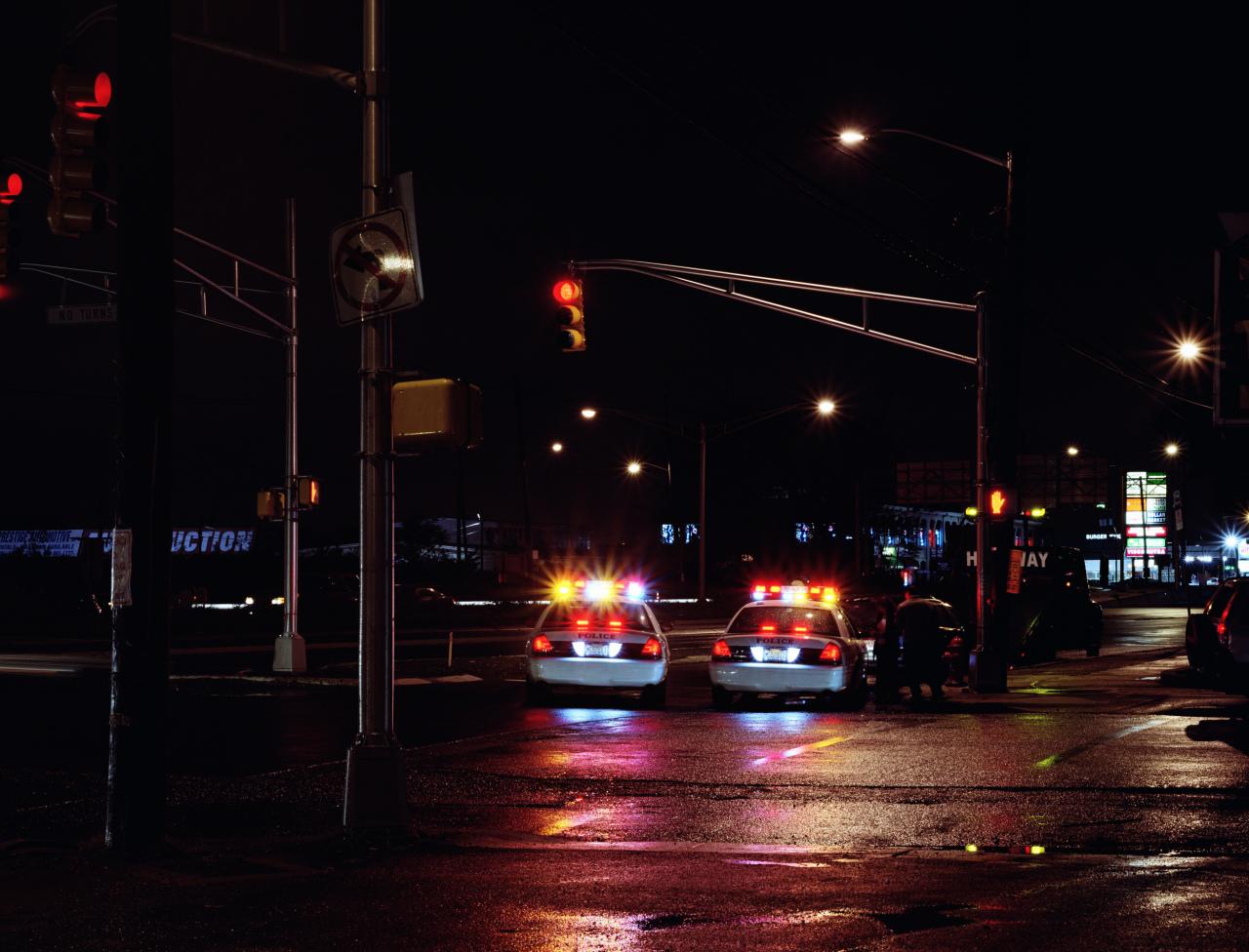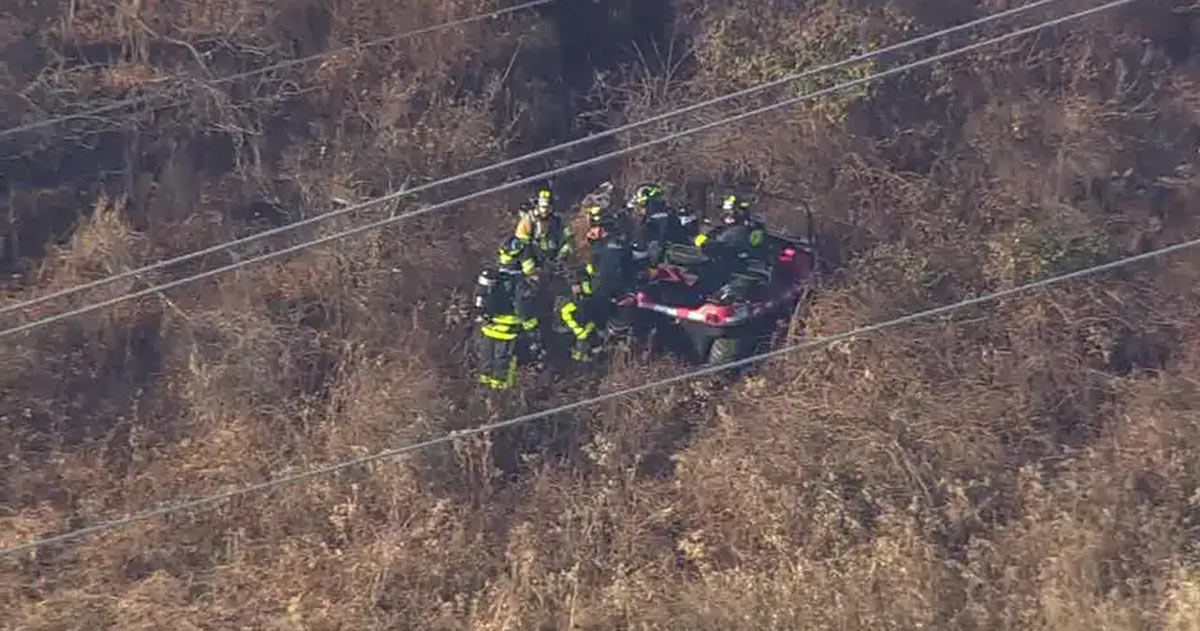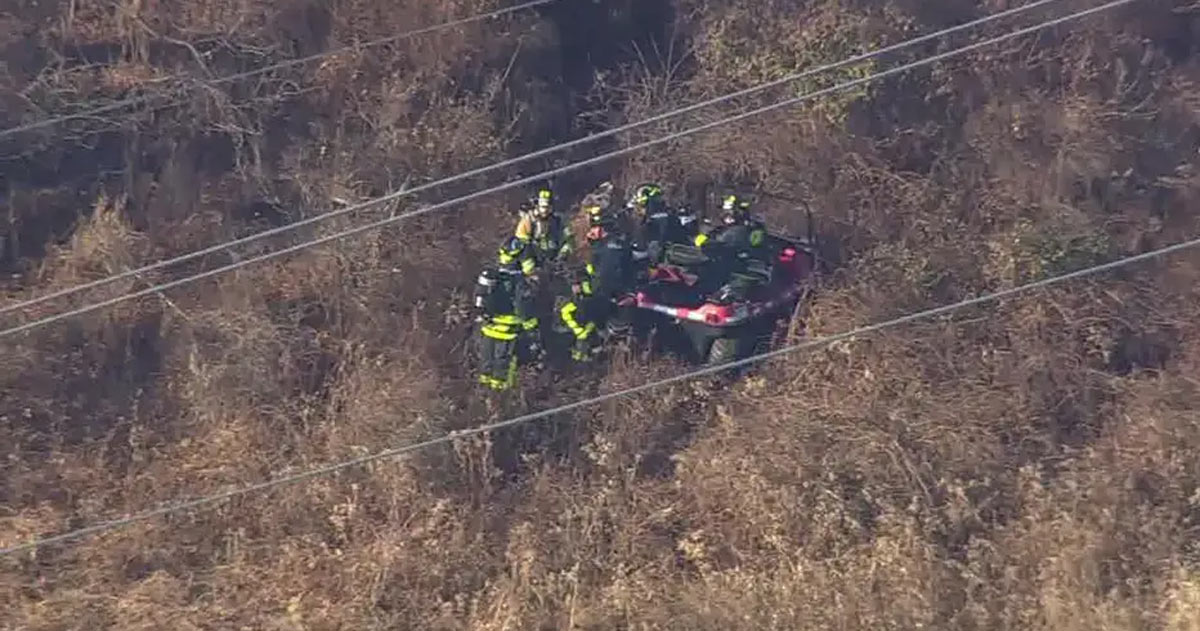Drone crashes in New Jersey are increasingly becoming a concern, demanding a thorough investigation into their frequency, causes, and consequences. This analysis delves into the statistical data surrounding these incidents, examining geographic distribution, seasonal patterns, and the various factors contributing to them. Understanding these trends is crucial for implementing effective safety measures and regulations to mitigate future risks.
Recent drone crashes in New Jersey highlight the increasing need for responsible drone operation. Understanding airspace and potential hazards is crucial, and for those interested in observing aerial activity, a helpful resource might be the live camera feed at port dover live camera , although it’s not directly related to New Jersey. Analyzing such footage can offer insights into safe flight practices, which could help prevent future drone incidents in New Jersey and elsewhere.
We will explore the types of drones involved, the severity of their impact (including property damage and potential injuries), and the existing regulatory framework governing drone operation within the state. By examining the data and drawing insights, we aim to provide a comprehensive overview of the current situation and offer recommendations for improvement.
Drone Crashes in New Jersey: A Comprehensive Overview
The increasing popularity of drones in New Jersey has unfortunately been accompanied by a rise in the number of drone-related accidents. This report provides a detailed analysis of drone crashes in the state, examining their frequency, causes, types of drones involved, impact, and potential safety measures. The data presented here aims to inform stakeholders and promote safer drone operations.
Frequency and Locations of Drone Crashes

Analyzing drone crash data from the past five years reveals significant variations in incident rates across New Jersey. The following table summarizes the number of crashes per year and their primary locations.
| Year | Number of Crashes | Primary Location (County) |
|---|---|---|
| 2019 | 15 | Essex, Bergen |
| 2020 | 22 | Middlesex, Hudson |
| 2021 | 28 | Ocean, Monmouth |
| 2022 | 35 | Bergen, Essex |
| 2023 (YTD) | 18 | Morris, Somerset |
A geographic distribution map illustrating these incidents would show a higher concentration of crashes in the northern and coastal regions of the state. The legend would use different shades of red to represent crash frequency, with darker shades indicating higher incident rates. Key features on the map would include major airports, populated areas, and bodies of water, which are potential contributing factors to drone accidents.
The map would visually demonstrate the spatial clustering of crashes, potentially highlighting areas requiring enhanced safety measures.
Seasonal patterns are also observed. Data suggests a higher frequency of crashes during the summer months (June-August), likely due to increased recreational drone use and potentially more challenging weather conditions.
Causes of Drone Crashes in New Jersey

Drone crashes in New Jersey stem from a variety of factors. The following categories summarize the leading causes:
- Pilot Error: This includes issues such as loss of control, improper operation, and inadequate pre-flight checks. This is often the most significant contributing factor.
- Mechanical Failure: Malfunctions in drone components, such as motors, batteries, or GPS systems, can lead to unexpected crashes.
- Weather Conditions: Strong winds, rain, and snow can significantly impact drone stability and control, increasing the risk of accidents.
- Wildlife Interference: Birds or other animals colliding with drones can cause loss of control and crashes.
- GPS Interference: Issues with GPS signals, possibly due to obstructions or interference, can lead to navigational errors and crashes.
A bar chart visualizing the frequency of crashes attributed to these causes would clearly show pilot error as the dominant factor. The chart’s horizontal axis would represent the causes, while the vertical axis would show the number of incidents. Each bar would represent a specific cause, with its height corresponding to the number of crashes.
Pilot experience and training are strongly correlated with accident rates. Inexperienced pilots are more likely to be involved in crashes due to a lack of understanding of drone operation, limitations, and emergency procedures.
Types of Drones Involved in Crashes
The types of drones involved in crashes vary, reflecting the diverse range of drone models available. The following table provides a summary.
| Drone Model | Manufacturer | Number of Incidents |
|---|---|---|
| DJI Mavic 2 Pro | DJI | 12 |
| DJI Phantom 4 Pro | DJI | 8 |
| Autel EVO II Pro | Autel Robotics | 5 |
| Various Hobbyist Models | Various | 10 |
The data suggests a correlation between the popularity of a drone model and its involvement in crashes. More widely used models, like the DJI Mavic series, tend to have a higher number of incidents simply due to their prevalence. Specific design flaws or safety concerns associated with particular models are typically addressed through firmware updates and improved manufacturing processes by the manufacturers.
Impact of Drone Crashes
Drone crashes can have significant consequences, ranging from minor property damage to serious injuries and environmental harm.
| Type of Incident | Immediate Response | Long-Term Actions |
|---|---|---|
| Property Damage (e.g., damaged roof) | Secure the area, assess damage, contact authorities | Insurance claims, repairs, potential legal action |
| Injury (e.g., lacerations from falling drone) | Provide first aid, call emergency services | Medical treatment, potential legal action, investigation |
| Environmental Impact (e.g., drone crash in a wildlife preserve) | Assess environmental damage, secure the area | Environmental cleanup, habitat restoration, potential fines |
The regulatory implications of drone crashes include investigations by the FAA and potentially legal action against the drone operator if negligence is determined. Stricter regulations and penalties could be imposed in response to a high number of accidents.
Safety Measures and Regulations, Drone crashes in new jersey

Several recommendations can enhance drone safety in New Jersey:
- Mandatory pilot training and certification programs.
- Stricter pre-flight checks, including weather assessments and airspace awareness.
- Enhanced airspace regulations, including designated drone flight zones and restrictions near airports and sensitive areas.
- Public awareness campaigns to educate drone users about safe operating procedures.
A comparison of New Jersey’s drone regulations with those of other states would reveal variations in licensing requirements, airspace restrictions, and penalties for violations. A table comparing key aspects of drone regulations across several states would provide a valuable benchmark for evaluating the effectiveness of New Jersey’s current approach and identifying areas for improvement.
The effectiveness of existing safety measures can be evaluated by tracking crash rates and analyzing the contributing factors in each incident. Improvements could include more stringent enforcement of existing regulations, improved pilot education programs, and the development of advanced safety technologies.
In conclusion, the analysis of drone crashes in New Jersey reveals a complex interplay of factors contributing to these incidents. While pilot error and mechanical malfunctions are significant contributors, environmental conditions and the inherent risks associated with drone operation also play a crucial role. Addressing these challenges requires a multi-faceted approach encompassing stricter regulations, improved pilot training, and advancements in drone technology to enhance safety and prevent future accidents.
Continued monitoring and data analysis are essential to ensure the effectiveness of implemented safety measures and adapt to evolving trends in drone usage.
FAQ Overview
What are the penalties for violating drone regulations in New Jersey?
Recent drone crashes in New Jersey highlight the importance of safe drone operation. Understanding payload capacity is crucial, and for those interested in heavier lifts, researching options like remington drone loads can be beneficial for informed decision-making. Properly assessing weight limits is essential to prevent further incidents and ensure responsible drone use in the state.
Penalties vary depending on the severity of the violation and can include fines, license suspension, or even criminal charges.
Is drone insurance mandatory in New Jersey?
While not currently mandatory statewide, obtaining drone insurance is highly recommended to cover potential liabilities resulting from accidents or damages.
Where can I find registered drone operators in New Jersey?
Information on registered drone operators may be available through the FAA website or relevant state agencies. Specific contact information may be needed for accessing that information.
Are there specific no-fly zones for drones in New Jersey?
Yes, several areas, including airports, sensitive infrastructure, and crowded events, are designated as no-fly zones. Consult the FAA’s B4UFLY app or website for up-to-date information.
